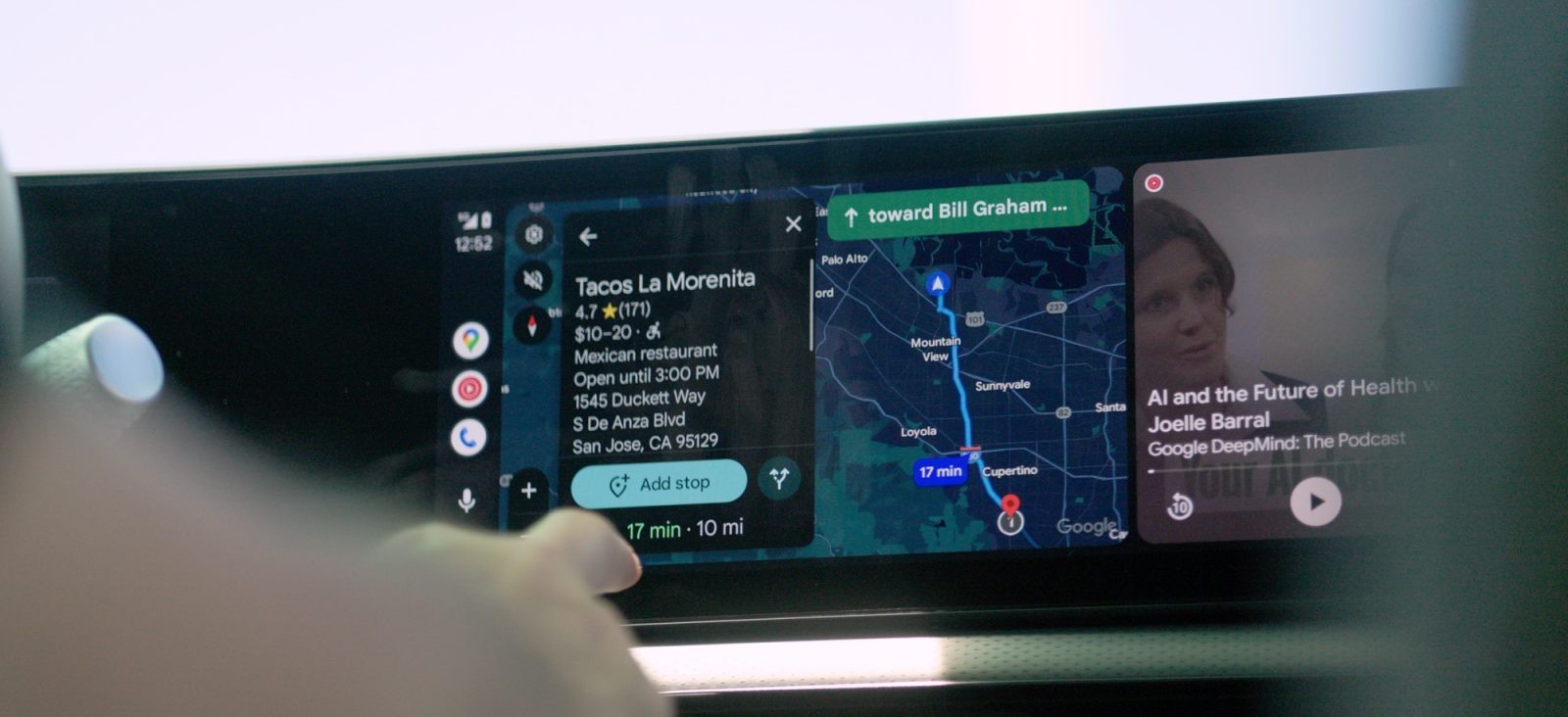In anticipation of the upcoming Gemini for Home early access program set to launch at the end of October, Google has initiated a firmware update introducing dynamic light color sequences to its Nest Audio and Nest Mini devices. This update signifies a notable shift in the user interface of these smart speakers, aligning them more closely with Google’s evolving design language.
Introduction of Multicolored Light Indicators
Traditionally, upon recognizing the Hey Google wake phrase, both Nest Mini and Nest Audio devices would display four static white lights. With the latest firmware update, these devices now exhibit a captivating sequence of colors—including blue, red, yellow, and green—immediately after detecting the hotword. Following this vibrant display, the lights revert to their standard white illumination.
Enhanced Visual Feedback Across Device Colors
The impact of this multicolored light sequence varies depending on the device’s exterior color. For instance, on Chalk and Charcoal variants, the colors are prominently visible, providing clear visual feedback. Conversely, on the Coral version, the initial colored dots may blend more subtly with the device’s hue, making them less discernible.
Firmware Update Details and User Participation
This enhancement is part of the Preview Program firmware version 3.77.500695, currently available for Nest Mini and Nest Audio devices. Users interested in experiencing these features ahead of the general release can join the Preview Program by navigating to the device settings in the Google Home app, selecting Device information, and opting into the Preview program. The current stable firmware version remains at 3.76.495998.
Alignment with Gemini Branding
The introduction of these multicolored lights coincides with the broader rollout of Google’s Gemini branding. The new light sequence mirrors the latest Gemini spark logo, which features a similar color palette. This synchronization suggests a concerted effort by Google to unify the visual and functional aspects of its product ecosystem.
Preparation for Gemini Integration
This firmware update appears to be a preparatory step for the integration of Gemini features into Google’s smart home devices. The Gemini for Home program is slated to commence in the United States on October 28, offering users enhanced capabilities powered by advanced AI models. The multicolored light sequence may serve as a visual indicator of these forthcoming features, providing users with immediate feedback on the device’s status and interactions.
Historical Context and User Feedback
It’s noteworthy that Google previously experimented with colored light indicators. In May, a blue and purple light sequence was tested but did not see a widespread rollout. The current update, however, introduces a broader spectrum of colors and has been more widely adopted. Users have shared their experiences on social media platforms, expressing surprise and appreciation for the new visual feedback. For example, one user noted, First time I’m seeing my Google Nest Speaker having colored dots when asking it something.
Implications for Future Device Designs
The alignment of the Nest devices’ light indicators with the Gemini branding raises questions about the design direction of future Google hardware. The upcoming Google Home Speaker, unveiled recently, features a light ring that currently utilizes the original blue and purple color scheme. It remains to be seen whether this device will adopt the new multicolored light sequence by its anticipated Spring 2026 launch, further unifying the visual language across Google’s product line.
Conclusion
Google’s latest firmware update for Nest Mini and Nest Audio devices introduces a dynamic, multicolored light sequence that enhances user interaction and aligns with the company’s Gemini branding. This update not only provides a more engaging user experience but also sets the stage for the forthcoming integration of advanced AI features through the Gemini for Home program. Users are encouraged to participate in the Preview Program to experience these enhancements firsthand and stay attuned to future developments in Google’s smart home ecosystem.



